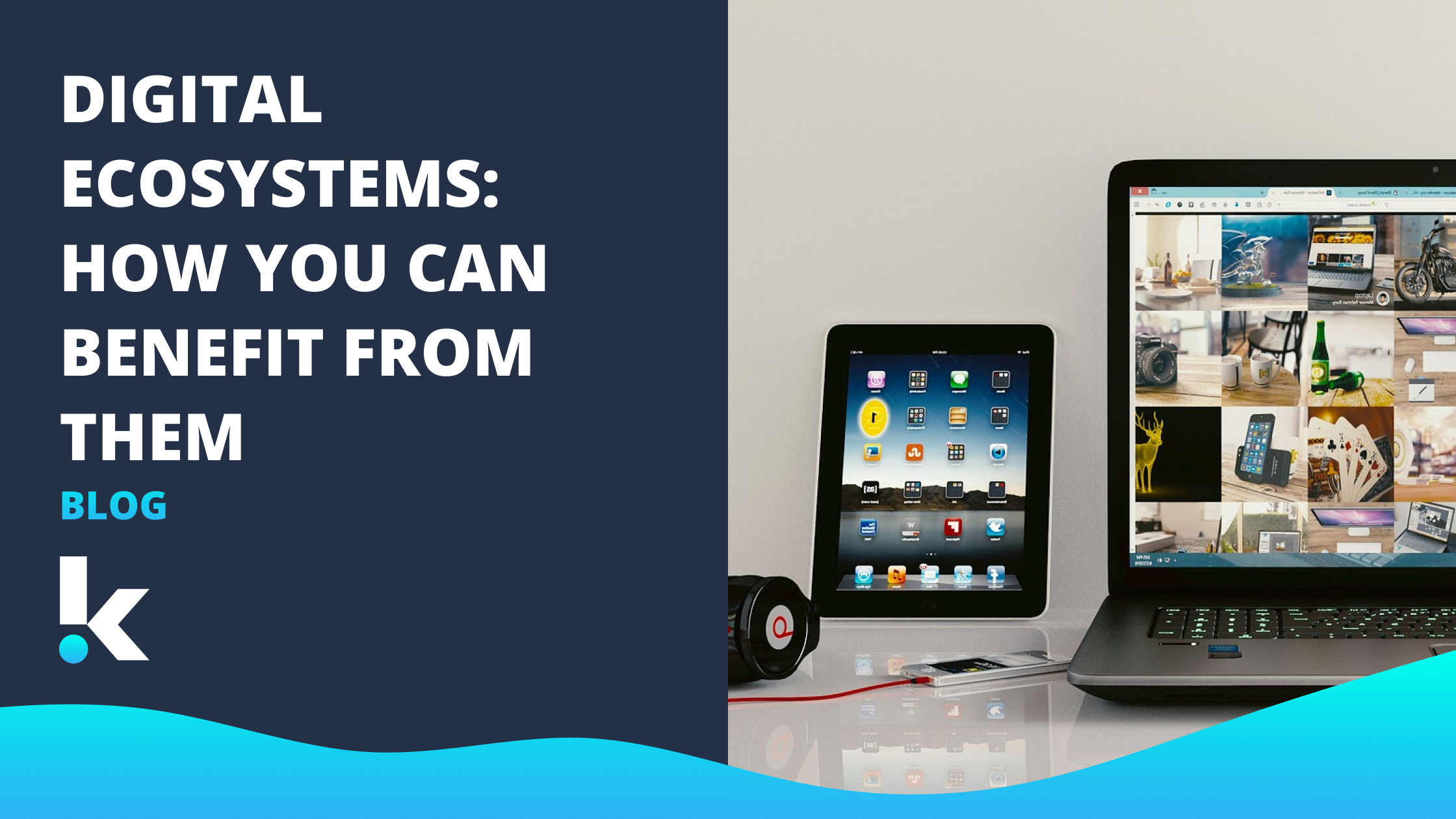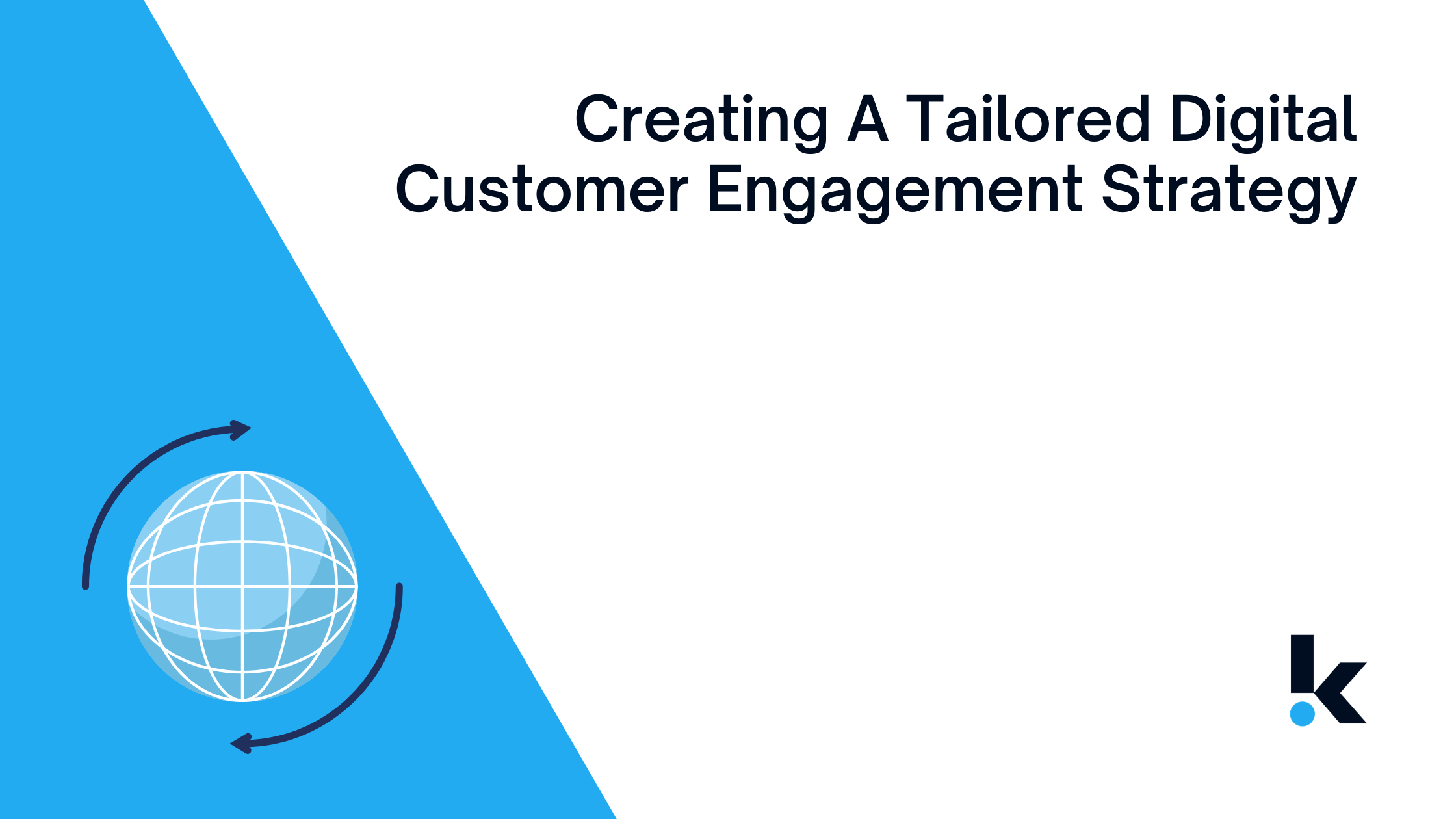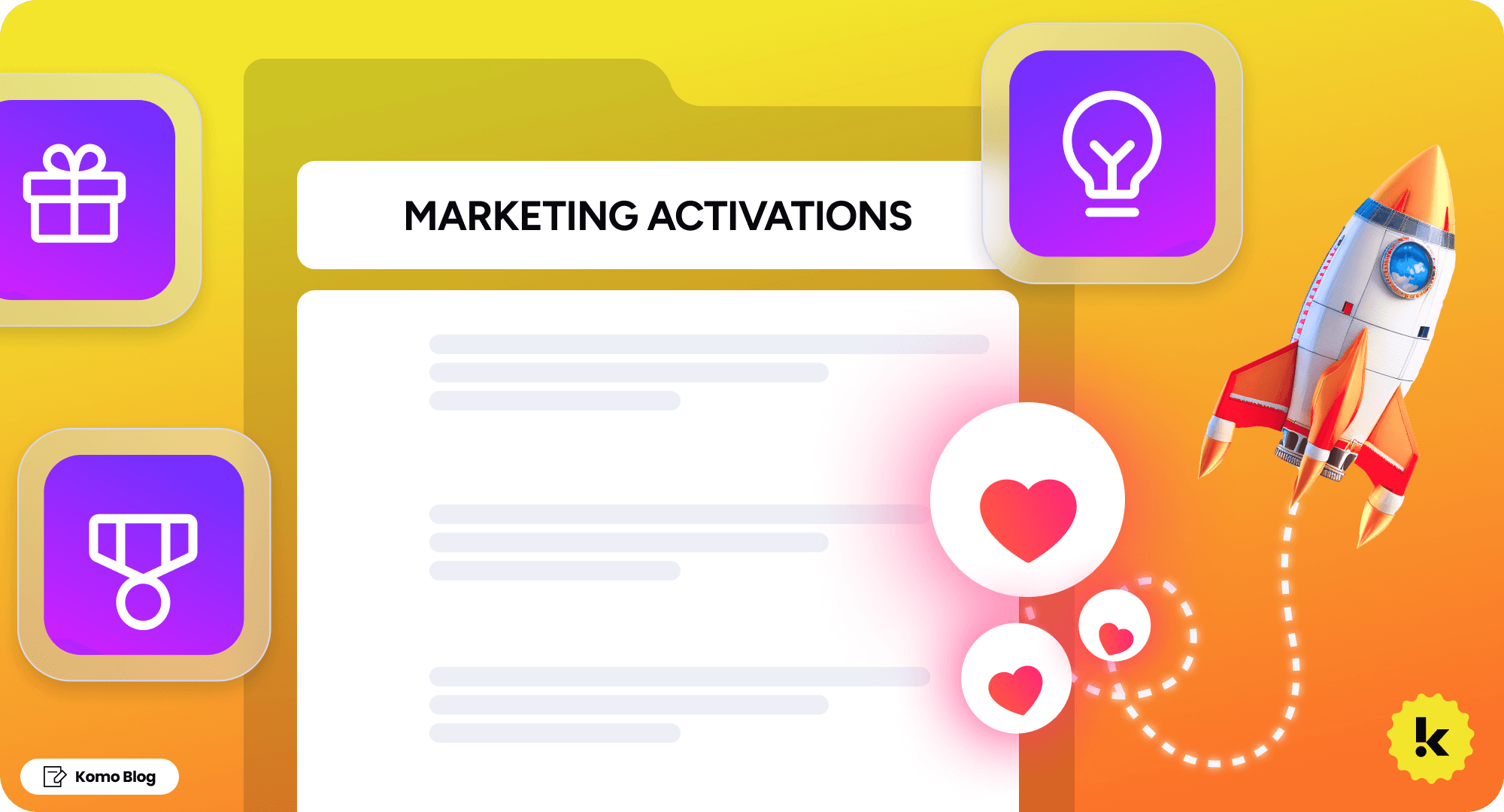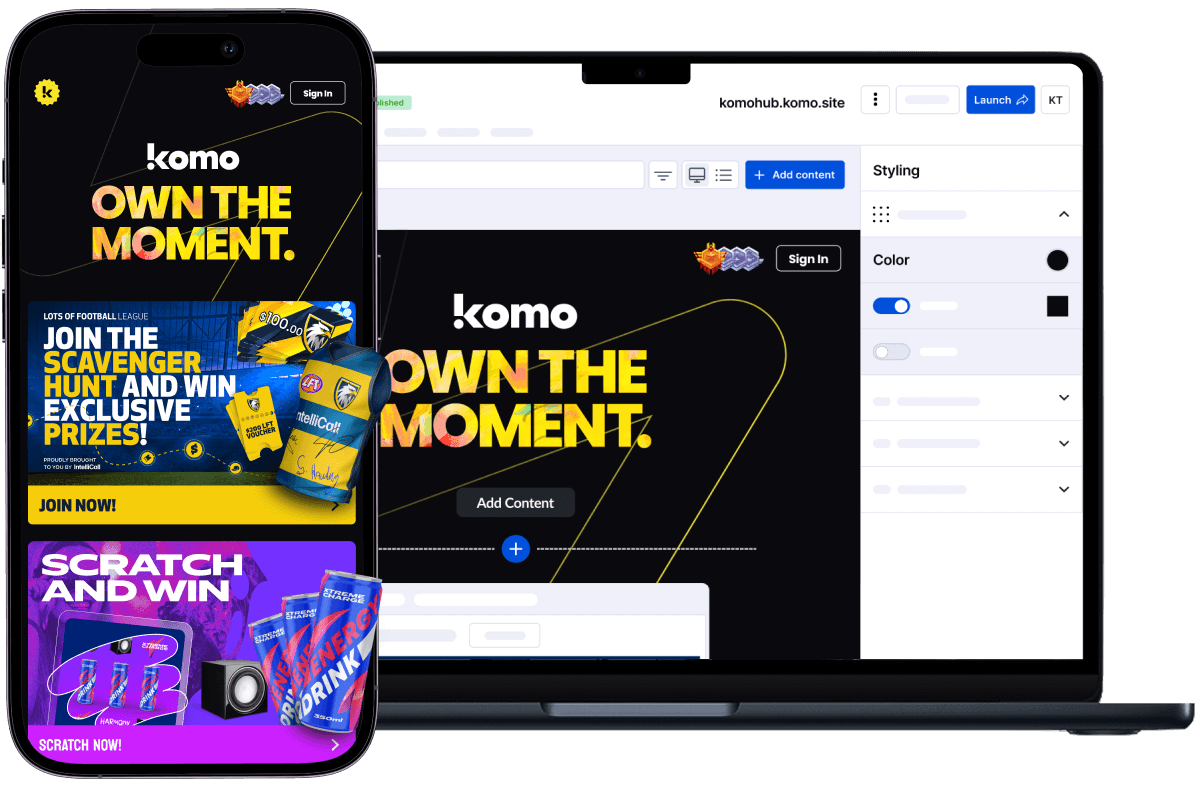The ever-dynamic nature of digital has opened up numerous opportunities for brands to reach their target customers and vice-versa, facilitated by new technologies and platforms being developed every day.
This constant evolution of the digital landscape has deep implications on consumers’ behaviour and how they find and consume information.
A digital ecosystem is more important than ever
The term ‘digital ecosystem’ may sound new to the uninitiated, but what it basically boils down to is how all the elements of your brand’s digital marketing synergise to form a holistic, integrated customer experience in an online ecosystem.
A holistic customer experience delivered through a digital ecosystem is highly important to reach consumers, who more often than not, own more than one device and use each device for different purposes.
Steps To Build A Digital Ecosystem
There are an infinite number of ways brands can use the different elements and channels on hand to design an integrated digital marketing ecosystem, and it's easy to get lost in ruminating over the types of content, platforms, and mediums to use.
In this guide, we’ve laid out a framework on how your brand can merge different aspects of digital marketing to arrive at an integrated, customer-centric solution.
1. Understand your digital landscape
Successful digital ecosystem management necessitates that brands understand the digital environment in which they operate. Digital ecosystems may differ according to how consumers use the different elements and channels, how they operate in the digital space, and what they use the different aspects of the ecosystem for.
This sets the stage for your brand to identify what your target customers prioritise in a digital ecosystem and select the tactics to reach your customer through appropriate, tailored approaches. A good way to start is developing personas to better understand who you’re targeting.
For example, a B2C brand whose target customers consist mainly of millennials and Gen Z may find products through Instagram and look to influencers and celebrities to make a purchase decision, while a B2B brand’s customers may favour fully detailed product information and product consultations with a customer representative to make an optimal purchase decision.
2. Customer Journey Design
Laying the foundation with a deep understanding of the digital landscape and your customer allows you to devise an end-to-end customer or buyer’s journey. This journey should be comprehensive and simple to follow, but doesn’t compromise on helping your target audience accomplish their customer goals.
For example, a customer whose goal is to purchase a new mobile phone may search “best mobile phones under $1000” on Google; find information about different models on a phone brand’s website, review forums, and YouTube videos; and ultimately make a purchase through the website’s online store.
Customer journeys can be mapped out using a basic linear framework outlining the goals of each stage: how the customer comes to be aware of your brand, building interest in your brand, considering your product or service as a purchase option, and finally converting to a paying customer.
Though the customer journey is linear, all elements in the digital ecosystem are linked in an interconnected web of content and channels that supplement each other.
3. Identify ideal channels and functions
Mapping out the customer journey allows you to select the appropriate elements and channels to achieve the goals of the different customer journey stages.
From the example above, you can see how the elements of a simple digital ecosystem synergises to aid in a customer’s information search and finally lead to conversion in an integrated digital customer journey.

For example, Search Engine Optimisation (SEO), may be used to rank the brand’s website high on Google to reach customers looking to purchase a new phone, the website and reviews being used to inform prospects on a phone model’s features and specs, as well as the brand’s online store being used to convert customers by facilitating the purchase process.
With an array of channels to use to reach your customer along their journey, brands should ideally market on all channels - but without complicating the journey and the sales funnel strategy and instead add value to the customer experience.
Murdoch University was able to accomplish this with Komo’s Live Trivia. The platform was used to enhance the experience of concertgoers at a live performance by integrating interactive quizzes that allowed participants to win prizes. This provided Murdoch University with an additional channel along the customer journey to engage with their target audience and merge digital and live elements to create a truly holistic experience.
4. Test, track, and improve
The ability to utilise data is a game changer for marketing, and brands should develop the infrastructure and capabilities to use data to their fullest.
Data allows a brand to exponentially improve their customer journey through testing different approaches, tracking progress and different marketing efforts, and accelerating the process by identifying bottlenecks. Data such as email click-through-rates (CTR) and bounce rates on a purchase page are important indicators for the effectiveness of the tactics employed at different stages.
Brands can test, track and improve by establishing benchmarks and KPIs at the appropriate stages of the customer journey.
Enhancing your brand’s existing digital ecosystem
Digital ecosystems are not reserved for large companies with an arsenal of tools and resources at their disposal; businesses of all sizes have the ability to create integrated digital experiences.
In fact, simple digital ecosystems may result in easier-to-follow customer journeys, closing the distance between the awareness and purchase stage.
Here are some quick tips on enhancing your current digital ecosystem:
1. Set goals and objectives
The first step of every effective marketing effort is adequate planning. In the case of digital ecosystems, objectives may be centered upon moving customers along the customer journey to the purchase stage.
While this may be the overarching goal, it should be supplemented by short-term goals and KPIs as indicators for success for the different initiatives at different stages.
2. Utilise data on hand
Having simple buyer journeys also means that the datasets your company will use are smaller. This allows you to efficiently analyse the state of your digital marketing efforts, pinpoint areas of improvement, and - most importantly - quickly make decisions for improvement.
An invaluable tactic for businesses to collect feedback and insights on the customer journey is simply speaking to past, current, and potential customers on how to improve the digital customer experience - allowing your brand to have an ‘outside-in’ perspective.
3. Create compelling content and messaging for each stage
Compelling content aimed at converting customers into succeeding stages of the customer journey is instrumental in expanding your customer base. This comes from the initial and fundamental step of understanding the digital landscape and your customer so you can identify what they hope to accomplish with your product.
Identifying these customer goals then allows you to craft content and messages on the different channels, whether it’d be email, the copy on the purchase page, or the tagline on your website, to effectively move customers along the sales funnel and increase engagement on your digital ecosystem.
4. Small improvements lead to bigger impacts
There isn't one way to create an optimal customer journey: brands have to test which approach works the best according to their industry and customer.
As such, your current customer journey may not need a complete overhaul. Rather, small areas of improvements can be identified to revamp it.
Give Your Digital Ecosystem An Edge With Komo’s Digital Engagement Tools
Komo’s digital engagement tools give brands an additional touchpoint along the customer journey in the form of interactive digital experiences: enhancing your digital ecosystem.
The digital tools establish a channel for two-way engagement between brands and customers which not only facilitates the building of brand-customer relationships, but also allows for brands to gain insights through collecting first-party data; deepening the understanding of their target market.
Book a demo to find out how you can use Komo’s engagement tools to give an edge to your digital ecosystem!

%20(1).png)


